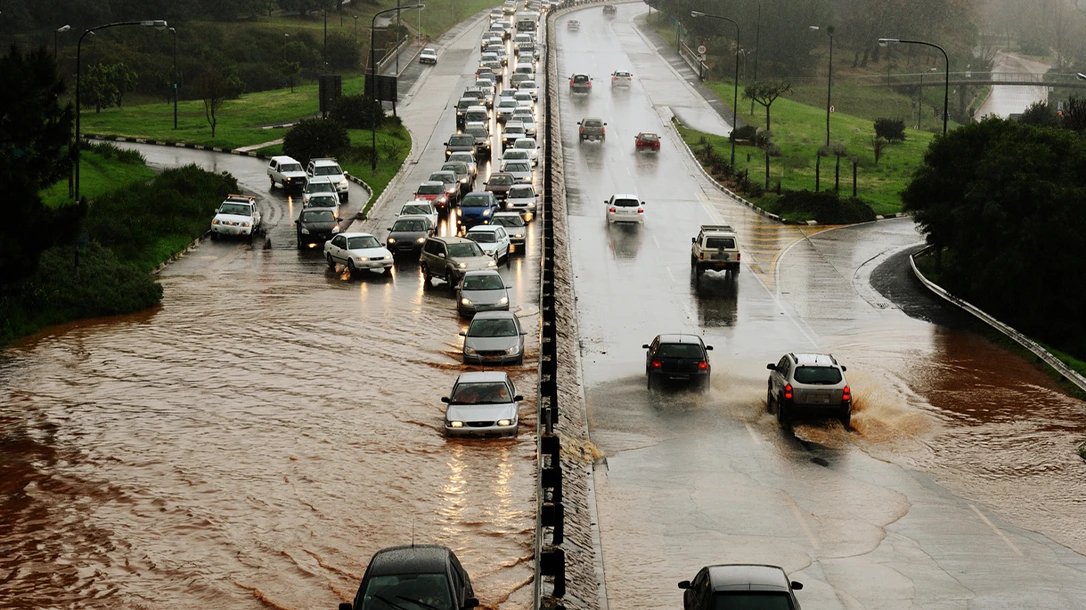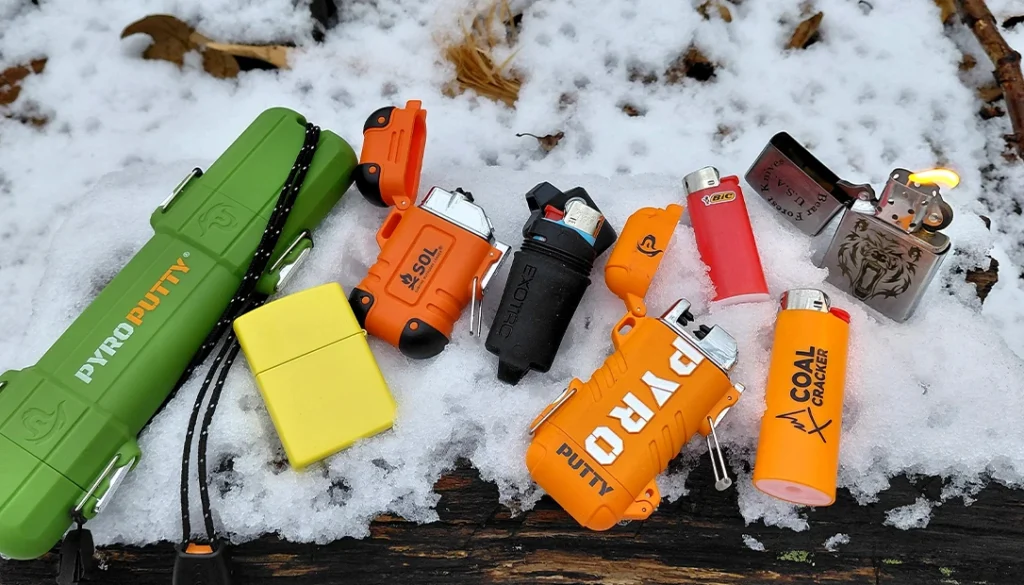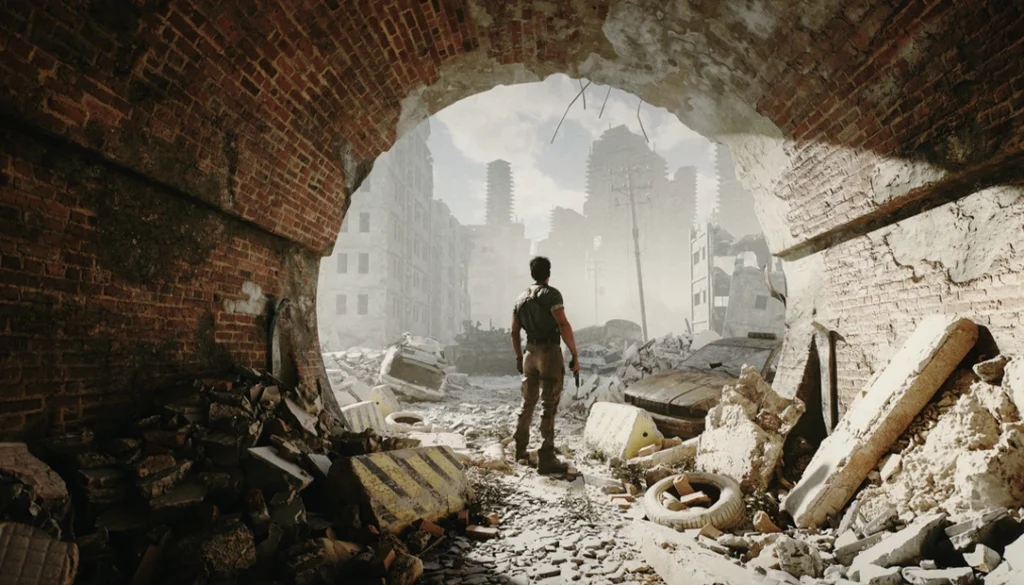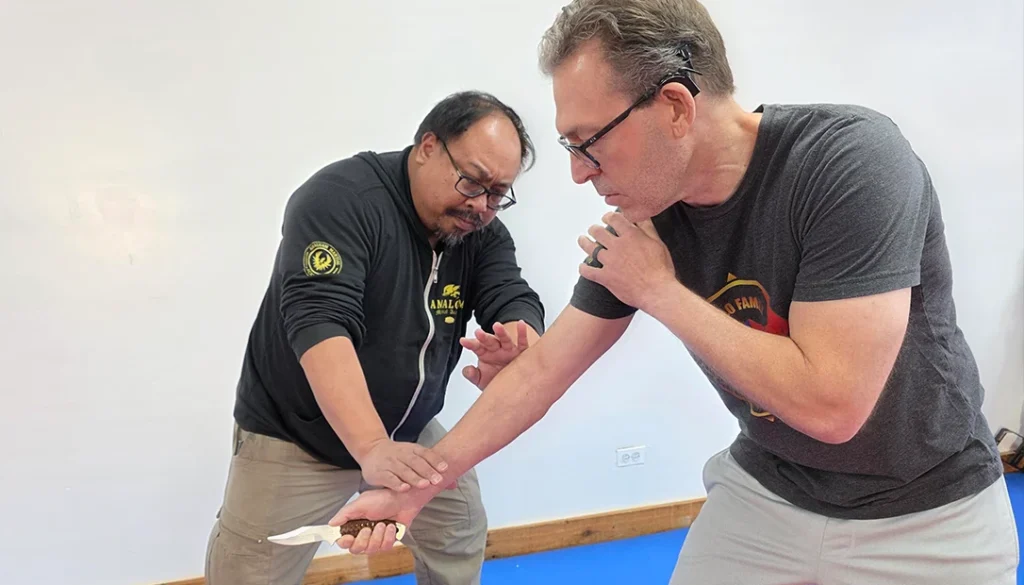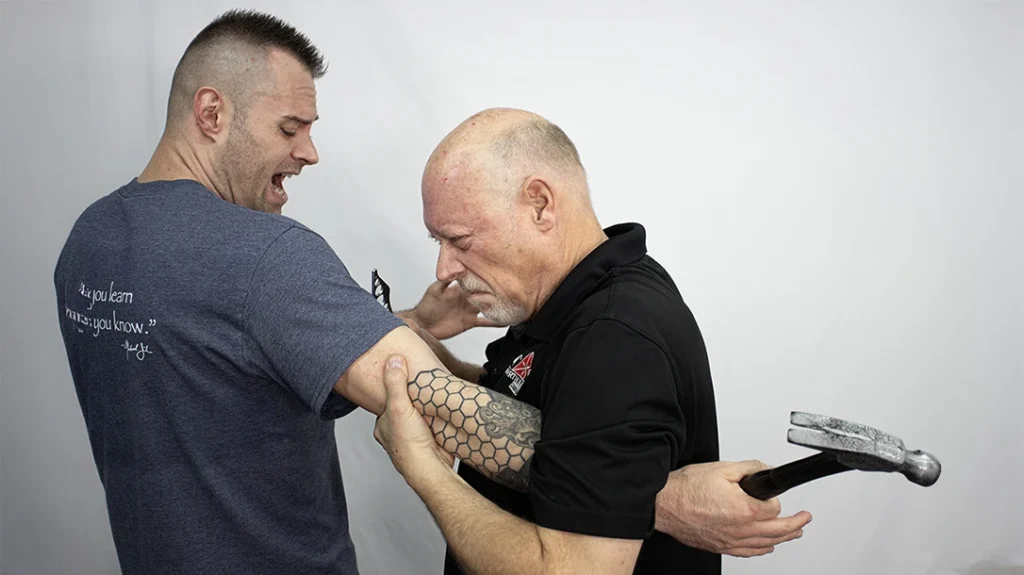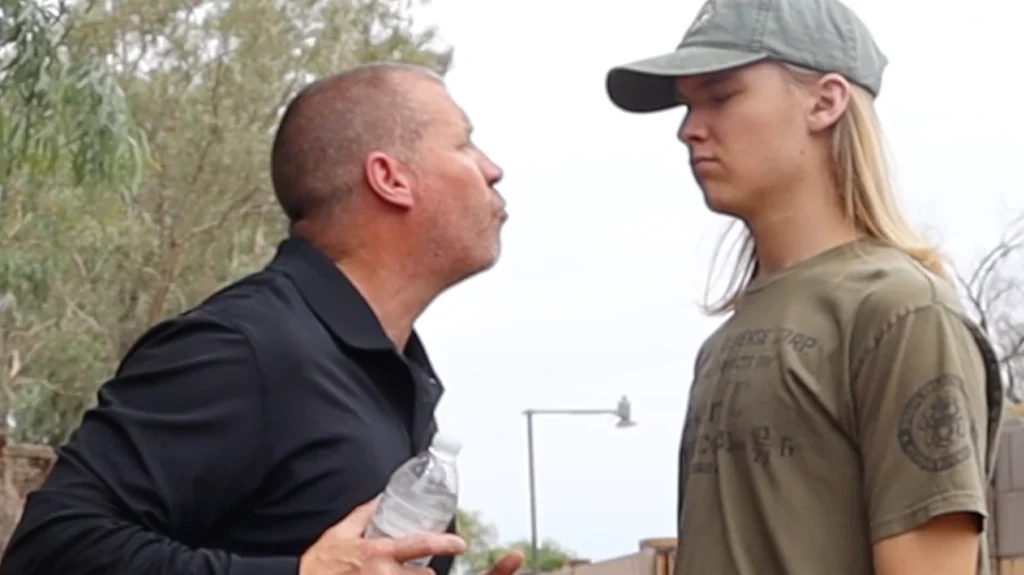I blame Red Dawn. Don’t get me wrong, I saw it in the theater during its original run, and to this day it remains one of my all-time favorite films. The problem is that when we talk about bugging out from a preparedness perspective, it seems as though many people immediately envision grabbing rifles and Buck knives, then running off to the forest to cosplay Jed Eckert.
Ready to Bug Out?
As fun as that sounds, it just isn’t realistic — or practical, if we’re being honest, especially if you have a family with young children.
Intelligent bug-out planning requires answering three basic questions.
Advertisement — Continue Reading Below
1) Where are you going?
2) How are you getting there?
3) What are you bringing?
Advertisement — Continue Reading Below
Let’s tackle each of these.
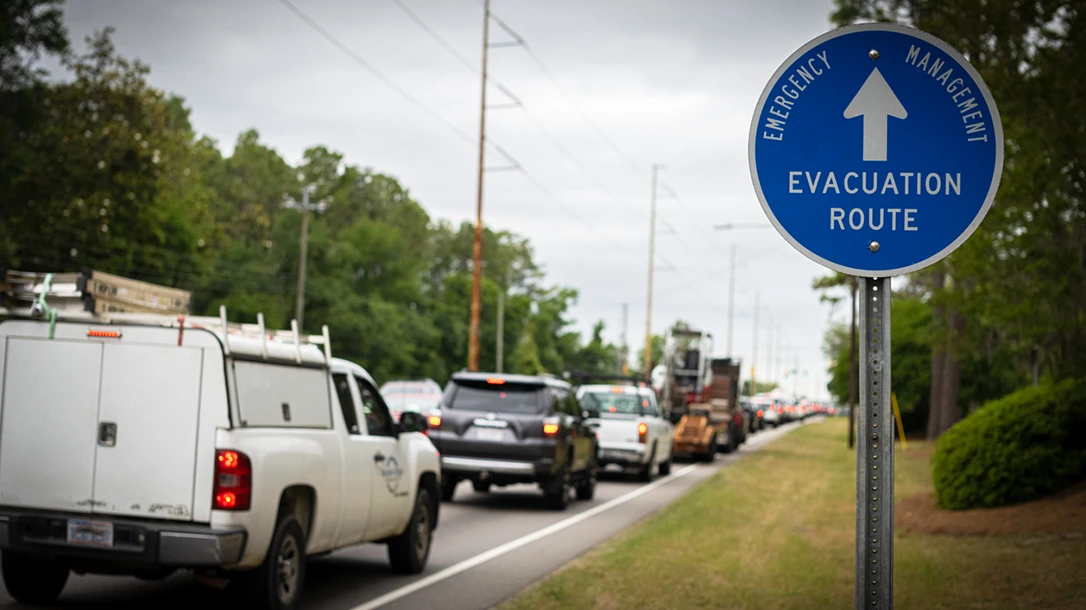
Where Are You Going?
Think about this for a second. What are the most common, real-world reasons why you’d need to evacuate your home and neighborhood with a quickness? Probably some sort of natural disaster, like a wildfire, hurricane, or flood. In exactly none of those scenarios will your situation be improved by fleeing to a national forest in the area.
Advertisement — Continue Reading Below
Instead, give some thought as to where you and your family can go during a short-term emergency where you’ll be safe and where you can rest until you figure out your next move. They should be places that you can reasonably travel to in a day. Think less about running to the forest and more about driving to your cousin’s house a few hours away.
Location, Location, Location
I recommend planning three potential bug out locations, each in a different direction from your home. Why? Unless your crystal ball works a whole lot better than mine, we don’t know in advance precisely what will cause us to need to leave. Because of that, we don’t know if our routes to our primary bug out location will be blocked. It’s better to have a few options, just in case. For example, your cousin’s house to the north, Grandma’s to the east, and your wife’s bestie to the southwest.
You should absolutely have a conversation with those people well ahead of any emergencies and ensure they’re okay with you crashing at their place for a day or three. The day you evacuate shouldn’t be the first time you’ve spoken with them in a decade. You should also offer to reciprocate if they need to flee their home and find temporary accommodations elsewhere.
Advertisement — Continue Reading Below
Now, with all of that said, there is always the possibility that you’ll end up on a side quest or two along the way. You’ll want to be prepared for a night or two on the road as well.
How Are You Getting There?
This might sting, but it needs to be said. If you can’t handle walking to your mailbox and back without having to sit down and take a break, you’re not going to bug out on foot for any reasonable distance. Sure, once upon a time, you could hump a ruck for 30 miles. That may have been 30 years and 50 pounds ago. I’m nothing if not a realist. Keep your physical limitations at the front of your mind as you make your plans, even as you work to overcome them. Find workarounds as best you can. Remember that these plans aren’t set in stone. You can modify them as you increase your fitness level and physical capabilities.
For most of us, driving will be our go-to transportation method of choice. We’ll load up the family truckster, fire up the soundtrack to Smokey and the Bandit, and away we go.
Advertisement — Continue Reading Below
Whether you’re driving, riding a bike, or hoofing it, you need to plan the routes you’ll take. The goal is to get out of the area as quickly as possible. Ideally, while avoiding traffic snarls, as the last thing you want is to end up in a slowly moving parking lot that used to be an interstate highway. Get to know the back roads and other lesser-traveled byways. If your vehicle has off-road capabilities, all the better.
Take practice runs and travel your planned routes at least a few times a year. Doing so will allow you to determine if you need to adjust those routes according to the different seasons.
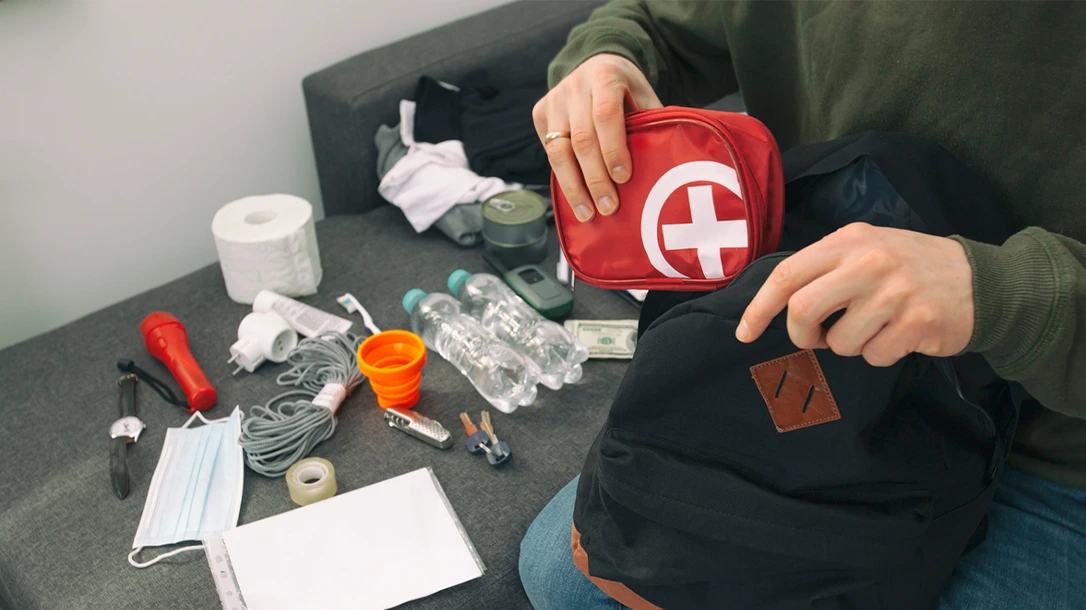
Advertisement — Continue Reading Below
What Are You Bringing?
Ah yes, the hallowed bug out bag. The most mythical element in the entire prepper universe. Novelists will have you convinced these bags have limitless capacity, containing everything from multiple assault rifles and thousands of rounds of ammunition to enough food and water to feed a family for a month. All of that and more fitting into a pack that’s small and light enough to allow the hero to run for miles on end.
Listen, I’m as much of a gear nut as the next goober, but the reality is that the most vitally important things in a real evacuation are:
• Keys to a working vehicle
Advertisement — Continue Reading Below
• Wallet with cash and credit cards
• Cell phone
The vehicle will get you from Point A to Point B, the wallet will provide you with supplies once you’ve left the disaster-affected area, and the cell phone will offer you intel on the move. Anything else you might have with you is a bonus.
Advertisement — Continue Reading Below
Let’s talk about those bonuses, though.
The Essentials
Set up a go bag of some sort that can be grabbed on your way out the door. Keep it in a closet or other easily accessible area until it is needed. Think along the lines of a weekend getaway rather than fleeing to the hills. Here are some content recommendations:
• Full change of clothing, with at least two changes of socks and underwear.
• Small toiletry kit (comb or hairbrush, toothbrush, toothpaste, floss, deodorant, razor, shaving cream).
• Feminine hygiene products – whatever the women in the household normally use.
• Toilet paper – one roll in a sealed plastic bag. Smash the roll flat for easier packing.
• Cash – ideally enough for at least two nights at a decent motel and a few meals on the road, plus 1-2 tanks of gas. Use credit cards whenever possible and save the cash for places that can’t or won’t accept plastic.
• Snacks – just a few things to tide you over, along with a couple of bottles of water for each family member. I like to include a camp spoon or spork, in case we get takeout and they forget to include utensils.
• Prescription medications for each member of the family who requires them. Enough for at least a week.
• Important documents – on a password-protected thumb drive, have copies of your identification, insurance policies, vehicle ownership, home ownership, and similar records. You’ll probably never need them, but putting this together shouldn’t take you more than an hour or so.
• Spare cell phone charger with cord.
• List of important phone numbers, in case your phone, and thus your contact list, is unavailable.
Family Members and Furbabies
• If appropriate, pet food, collapsible dishes for food and water, and any applicable meds. A copy of their immunization record from the vet is also wise.
• Paper maps of the areas between you and your bug out locations, both street level and topography. If GPS is unavailable, you may need help finding your way.
If children are in the mix, you may want to toss in a couple of small toys, games, age-appropriate books, or similar items. They’ll help with keeping the kids occupied.
Setting up a bag for each member of the family is ideal, though you don’t need to repeat all of the contents in each bag. Use common sense and good judgment to decide what to include in each one.
There are a few other survival-oriented things I’d toss in, with the idea being that if your plan goes off the rails, you may need to fend for yourself on the road temporarily.
• Fire kit – Bic lighter, ferrocerium rod and striker, tinder of choice.
• Knife – a good quality fixed blade.
• Flashlight with spare batteries.
• Small first aid kit, including stomach remedies and meds for cold/flu.
• Water filter – something small and portable like the Sawyer Mini.
• Defense weapon – something you’re comfortable using, along with ammunition for it.
• Personal protective equipment – dust masks and eye goggles in case of smoke or other air quality problems.
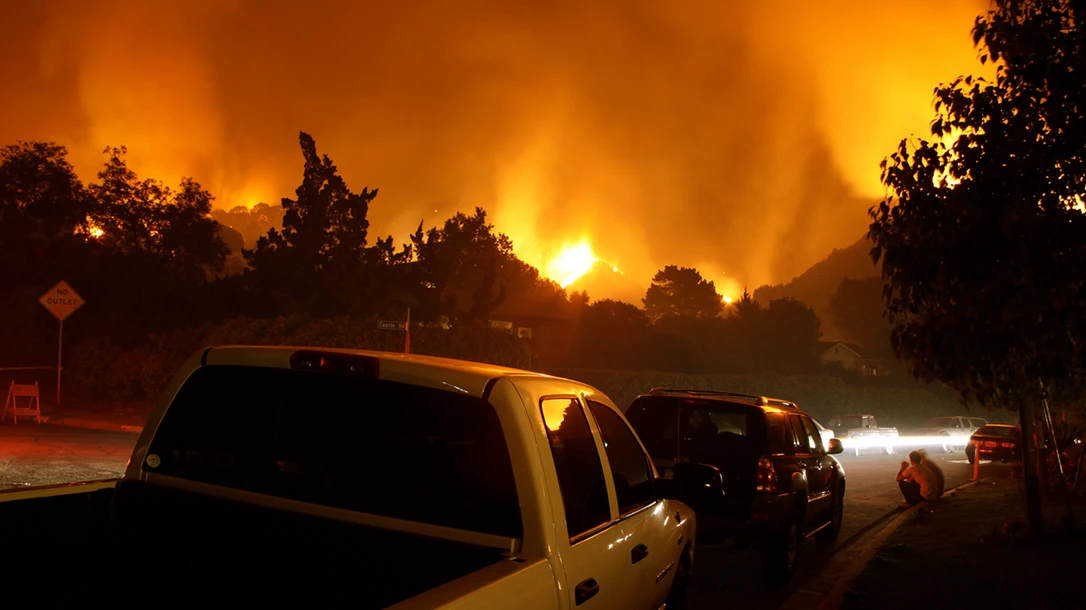
Staying Prepared
Keep this bag fully stocked and ready to go. Store it somewhere that’s easy to get to if you have to leave in a hurry, such as a hall closet. If it’s an actual evacuation scenario, you don’t want to have to waste time hunting for it. The whole idea here is to have the supplies packed and staged for a quick exit.
At least twice a year, pull out the bug out bag(s) and unpack all of the contents. Make sure what’s supposed to be there is still present and accounted for. Check anything perishable, such as the snacks and medications, and replace them as needed. Also, make sure the clothing fits and is in good condition. This is particularly important for the children, as they grow like weeds.
The bag itself should be a good-quality backpack, if available. That will keep your hands free as you move, if you end up on foot. I’ve seen some recommendations for using a wheeled suitcase, similar to what you’d bring as a carry-on for vacation. The problem with those is that once you get off smooth pavement, those wheels don’t work very well. If you’re looking for something you can push or pull, go with a folding garden wagon or a game cart.
Hunkering down at home is almost always the best first option. But there may be situations where home isn’t a safe place to stay. With that in mind, it’s essential to have a bug-out plan in place, rather than trying to make one up on the fly.
